Share this post
AUTHOR:
Essential Gear for Professional Photographers
November 17, 2025
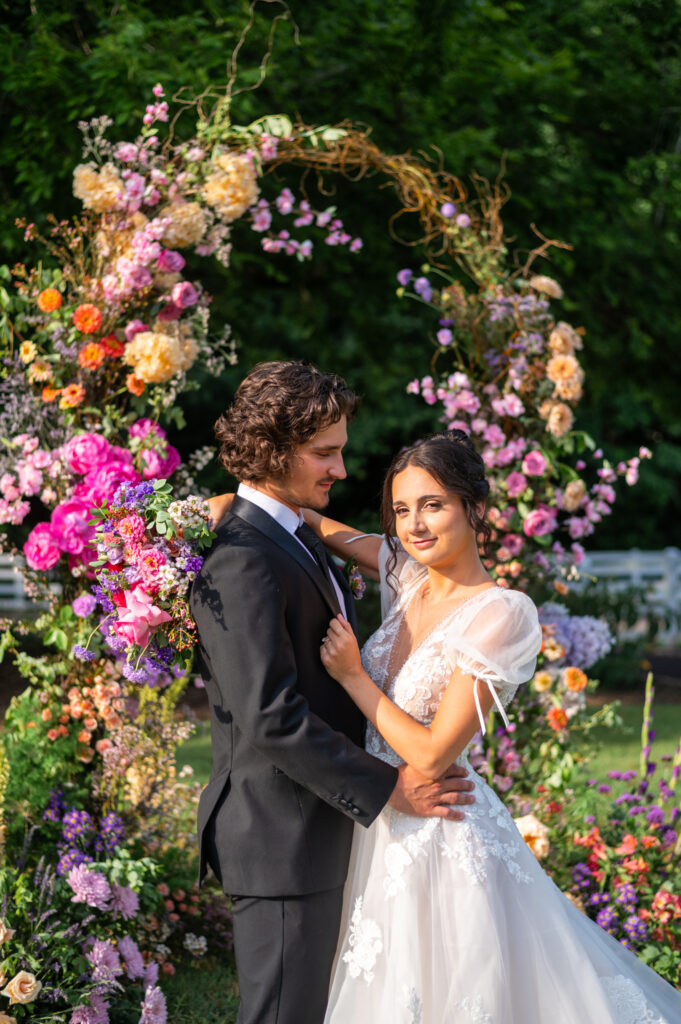
When it comes to turning photography from a passion into a profession, the right tools can make all the difference. But here’s the thing: investing in essential gear doesn’t mean running out and buying every expensive piece of equipment on the market. Instead, it’s about choosing tools that enhance your craft, streamline your workflow, and help you consistently produce top-quality results.
Every professional photographer has a setup tailored to their needs, style, and clients. While gear alone doesn’t define talent, having the right equipment ensures you can bring your creative vision to life in any situation. Whether you’re capturing weddings, commercial shoots, landscapes, or portraits, certain items are non-negotiable if you want to look and work like a pro.
Here’s a breakdown of the essential gear that sets professionals apart:
- Professional Camera Bodies
- Versatile Lenses
- Reliable Tripods and Supports
- Quality Lighting Equipment
- Sturdy Camera Bags and Cases
- External Storage and Backup Systems
- Editing Software and Hardware Tools
- Lens Filters and Accessories
- Cleaning Kits and Camera Maintenance Tools
- Power Solutions: Batteries and Chargers
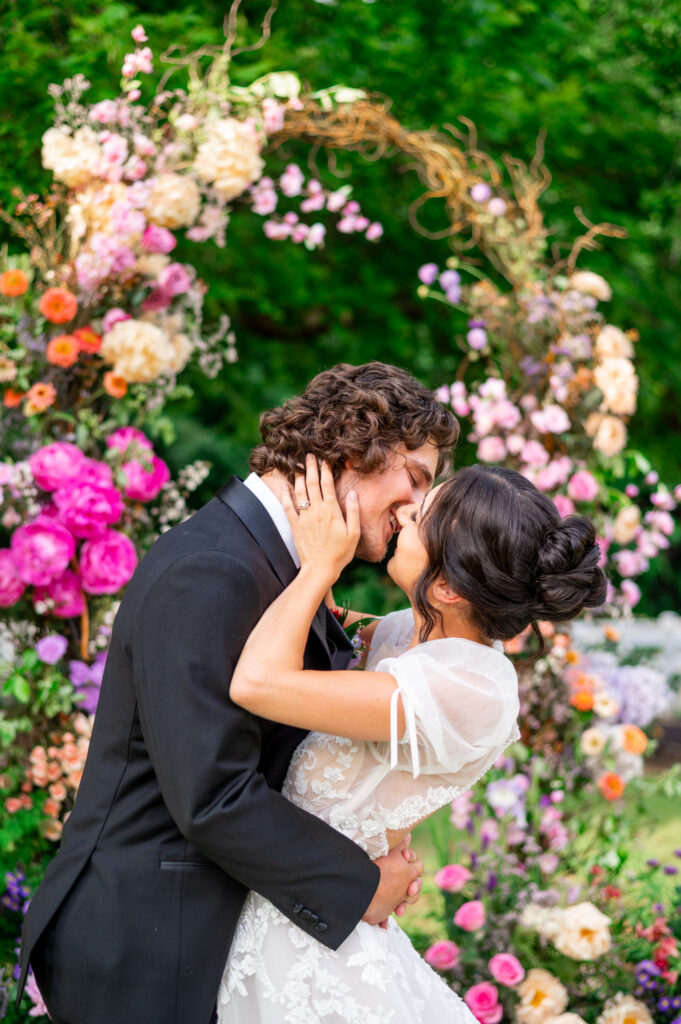
Professional Camera Bodies
The foundation of every professional kit is a reliable camera body. Choosing the right body is about more than megapixels, it’s about capable performance, ergonomics, and dependability when it matters most. A professional-grade camera can handle demanding conditions, whether that means low light, fast action, or long shooting sessions. Truly essential gear starts here, since your body is the heart of your workflow.
Full-Frame Cameras as Essential Gear
Full-frame cameras are industry standards for serious professionals. Their larger sensors deliver superior image quality, incredible low-light performance, and dynamic range. They also provide better depth of field control, making them ideal for portraits, landscapes, and commercial work. As part of your essential gear lineup, a full-frame body ensures you meet client demands across a wide variety of scenarios.
Mirrorless Cameras in Essential Gear Kits
Mirrorless technology has transformed modern photography by offering lighter builds without sacrificing image quality. Many professionals now include these as primary or secondary bodies in their essential gear arsenal because they allow silent shooting, improved autofocus, and portability. Additionally, their electronic viewfinders provide real-time previews of exposure and effects, which reduces trial-and-error on set. For travel and event photographers, mirrorless bodies often become indispensable.
Versatile Lenses
Some argue that lenses matter more than camera bodies and they’re not wrong. Professional photographers need sharp, versatile lenses to adapt to different assignments. While you don’t need a dozen lenses, a carefully chosen set of primes and zooms will cover 90% of your needs. High-quality glass also outlives camera bodies, making lenses one of the best long-term investments in your essential gear.
Prime Lenses as Essential Gear Upgrades
While zooms offer flexibility, prime lenses are considered essential gear for their sharpness and creative potential. A classic 50mm or 35mm prime lens is compact, delivers incredible bokeh, and forces you to think more intentionally about composition. These lenses also tend to perform better in low-light conditions thanks to wider apertures. For many pros, primes are go-to tools for storytelling and artistic shots.
Zoom Lenses for Essential Gear Flexibility
For event or travel photographers, zoom lenses are critical pieces of essential gear. A 24–70mm f/2.8 lens covers most situations without compromising image quality, while a 70–200mm extends your reach for portraits and action shots. Zooms also reduce the need to switch lenses in fast-paced environments, saving time and reducing risk. Their versatility makes them indispensable when flexibility matters most.
Reliable Tripods and Supports
A tripod is often underestimated, but no professional set of essential gear is complete without one. From long exposures to consistent framing, stability tools save countless shots. A high-quality tripod also encourages experimentation with composition, since you can fine-tune framing without worrying about hand-held shake. For video, product photography, and landscapes, tripods are mission-critical.
Carbon Fiber Tripods as Essential Gear Picks
Carbon fiber tripods deliver strength while remaining light enough to carry on location shoots. They’re resistant to vibrations and weather conditions, ensuring durability in professional settings. As part of your essential gear collection, they ensure vibration-free images for landscapes, astrophotography, and studio projects. Many pros consider them worth the higher cost because they’re a one-time investment in stability.
Monopods in Essential Gear for Action Photography
Sports and wildlife photographers often need mobility. Monopods provide balance and reduce fatigue while holding heavy telephoto lenses. Their role in essential gear collections is to merge freedom of movement with stability. Unlike tripods, they can be deployed quickly, making them ideal for fast-changing action.
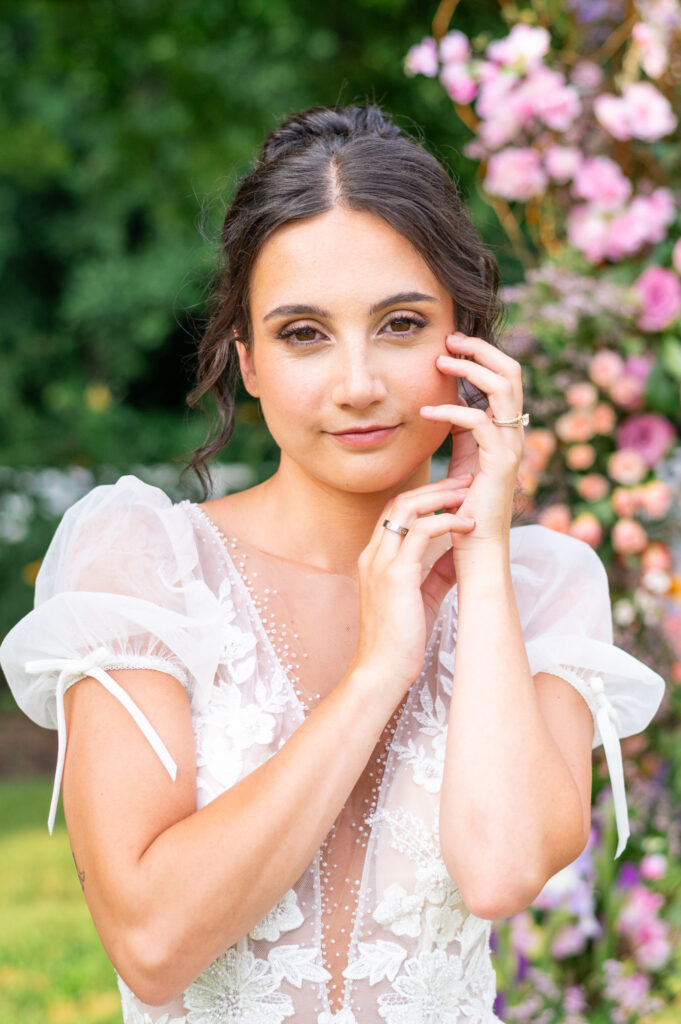
Quality Lighting Equipment
Lighting is what separates amateurs from professionals, and your essential gear must reflect that. Beyond natural light, pros rely on expandable lighting setups to control mood, tone, and detail in every frame. Whether in studio or on location, being able to manipulate light gives you creative control that clients notice. Even a small lighting kit can elevate your photography dramatically.
Off-Camera Flash as Essential Gear
Adding depth and dimension with controlled light is why off-camera flash is essential gear. Unlike built-in flashes, external units allow professionals to sculpt light creatively while achieving consistency across sessions. With wireless triggers, flashes can be positioned anywhere, providing limitless flexibility. This kind of control is often the difference between a snapshot and a professional-grade portrait.
Portable Softboxes for Essential Gear Flexibility
Softboxes are another essential gear item, helping diffuse harsh light and create flattering skin tones. Portable versions are especially important for photographers who frequently shoot on location or with limited setups. They collapse easily, making transport convenient without sacrificing quality. In client-facing work, softboxes often create the polished, professional look people expect.
Sturdy Camera Bags and Cases
When you’re investing in so much valuable essential gear, protection is non-negotiable. A professional bag isn’t just about carrying, it’s an insurance policy for your livelihood. Well-designed bags also improve workflow by making it easy to access gear quickly. Comfort, organization, and durability are just as important as storage capacity.
Weatherproof Bags for Essential Gear Safety
Weatherproof backpacks and rolling cases are considered essential gear for outdoor photographers. They keep cameras, lenses, and accessories protected from rain, dust, and rough handling on set. Reinforced zippers and padded interiors add an extra layer of safety. Without this protection, your entire kit is vulnerable to accidents.
Custom Compartments in Essential Gear Bags
Top-tier bags have customizable padding, ensuring multiple pieces of essential gear fit securely. The ability to reconfigure compartments saves time and prevents damage in fast-paced environments. These compartments also help distribute weight evenly, which reduces strain during long shoots. For professionals, organization is as valuable as protection.
External Storage and Backup Systems
Professional photographers can’t afford to lose data. Every shoot demands multiple copies stored safely, making backup solutions indispensable parts of essential gear. Redundancy protects against corrupted files, damaged drives, or accidental deletion. A robust storage system is as important as your camera and lenses.
Portable SSDs as Essential Gear for Speed
SSDs are a must for quick transfers and reliability on location. Including them in essential gear setups ensures you always have a fast, portable option for safeguarding files immediately after a shoot. Their durability makes them more resilient than traditional hard drives, reducing the risk of failure. Many pros carry at least two SSDs for redundancy.
Cloud Backup for Essential Gear Longevity
In addition to physical drives, cloud storage adds redundancy. This digital safety net is part of essential gear for long-term project management and professional reliability. Cloud platforms also allow you to share images with clients and collaborators quickly. With automated syncing, you reduce the risk of ever losing important files.
Editing Software and Hardware Tools
The shooting process only carries you halfway. Professional standards rely on software and hardware in your essential gear toolkit to bring images to life. Efficient editing tools also improve turnaround time, which clients value. Without the right editing setup, your workflow stalls and your final product suffers.
Lightroom and Photoshop as Essential Gear Software
Industry-standard programs like Lightroom and Photoshop are essential gear for editing workflows. They empower professionals to manage thousands of files while achieving consistent quality. Presets and batch editing save time without compromising results. Together, they give you the flexibility to handle both basic corrections and advanced retouching. Sign up for our Mastering Lightroom Course for 1:1 coaching on how to use these software’s correctly.
Calibrated Monitors in Essential Gear Workstations
To deliver accurate colors, a calibrated display belongs in your essential gear arsenal. Without it, even the best photos can look inconsistent across devices and prints. Calibration ensures that what you see while editing matches what your clients see in the final product. This is especially important for commercial and print photographers.
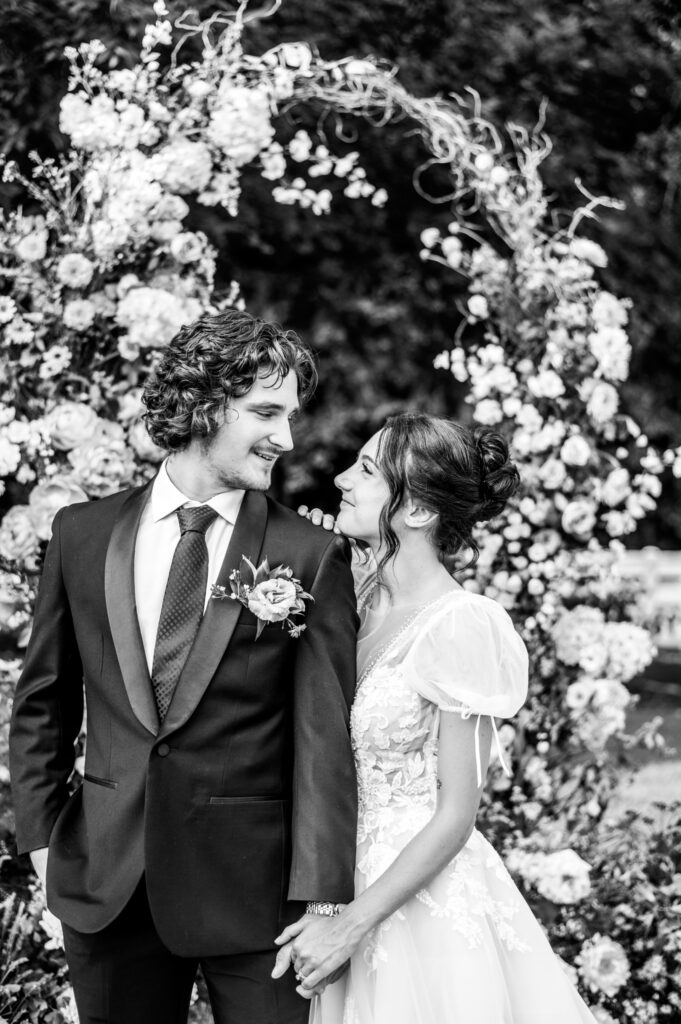
Lens Filters and Accessories
Small but impactful, lens filters expand your creative and technical capabilities. Experienced photographers wouldn’t leave these out of their essential gear list. They not only improve image quality but also protect your lenses. Investing in a few high-quality filters pays off across many types of shoots.
Polarizing Filters as Essential Gear Tools
Polarizing filters are essential gear for cutting glare, boosting sky contrast, and deepening landscapes. They give photos the extra punch that clients often expect from professional results. By reducing reflections on glass and water, they also add realism to architectural and travel photography. This makes them invaluable for outdoor shooters.
ND Filters in Essential Gear for Long Exposures
Neutral density (ND) filters allow for longer exposures, giving control over motion blur and light balance. They’re vital essential gear for landscapes, urban scenes, and creative experimentation. With ND filters, you can shoot silky waterfalls, light trails, or cinematic outdoor video. They unlock creative effects that would otherwise be impossible in daylight.
Cleaning Kits and Camera Maintenance Tools
Great photos rely on crisp optics and a well-kept camera body. Maintenance tools might not be flashy, but they’re unmissable pieces of essential gear. Keeping your kit clean also extends its lifespan and protects your investment. A small cleaning kit in your bag ensures you’re always prepared. Take a look at this list for information on accessories; Must-have Camera Accessories.
Sensor Cleaning Kits as Essential Gear Essentials
Dust spots ruin professional images. A sensor cleaning kit is essential gear for routine upkeep, saving you time and stress during editing. Learning to safely clean your own sensor also reduces repair costs. Many photographers keep both dry and wet cleaning kits on hand.
Lens Cloths and Blowers in Essential Gear Maintenance
Simple tools like microfiber cloths and air blowers are easy but vital. Including them in your essential gear setup keeps every shoot worry-free. Regular cleaning prevents scratches and ensures clear, sharp images. These tools may be small, but their impact is huge.
Power Solutions: Batteries and Chargers
Running out of power mid-shoot is every professional’s nightmare. The final category of essential gear ensures you don’t miss irreplaceable moments. Reliable power management is what allows you to work long events or travel days without interruption. Having backups is not optional, it’s required.
Extra Batteries as Essential Gear Must-Haves
Professional photographers never depend on a single battery. Having multiple backups is absolutely essential gear for uninterrupted sessions, especially for weddings and events. Batteries lose capacity over time, so rotating fresh ones into your kit keeps you prepared. Carrying spares also gives you peace of mind.
Dual Chargers in Essential Gear Kits
Dual battery chargers allow efficient charging between sessions. Essential gear like this saves valuable prep time and ensures you’re always ready for the next assignment. Many models now feature USB-C compatibility, making them travel-friendly. With smart chargers, you can monitor charging progress and reduce downtime.
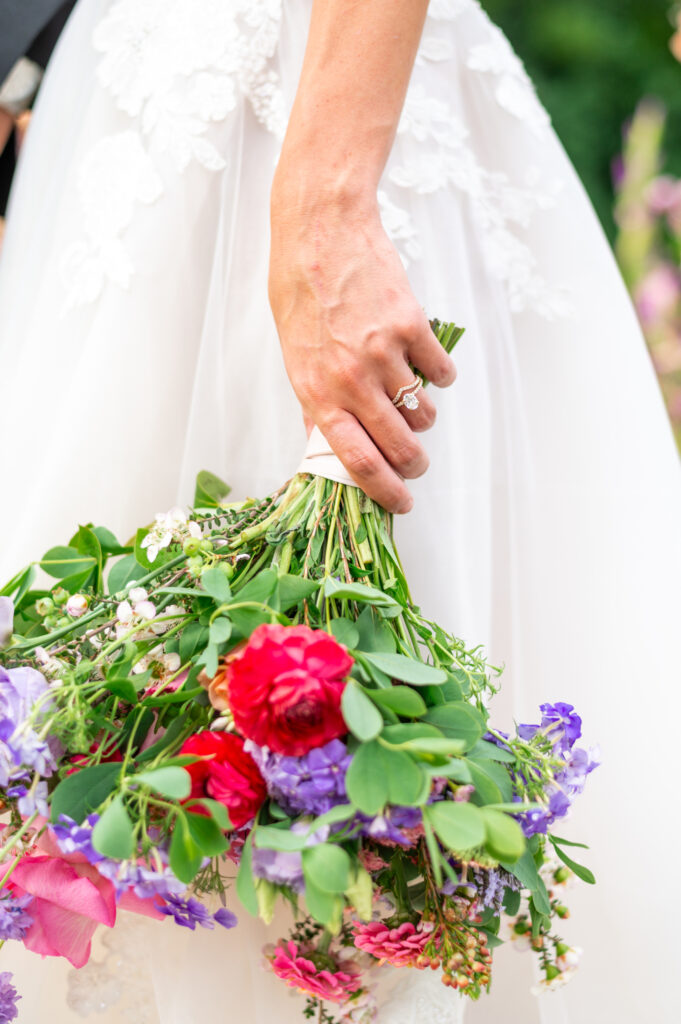
The world of photography keeps changing, but some truths remain: without the right essential gear, even the most talented photographer finds limits in creativity and reliability. The best professionals don’t clutter their kits with every gadget, they build thoughtful, dependable setups that support their vision and client demands.
From cameras and lenses to storage, lighting, and maintenance, each piece of essential gear plays a part in delivering excellence. Consider this list a blueprint as you refine your toolkit and prepare for bigger opportunities in your professional journey. At the end of the day, your gear is a tool, not the definition of your artistry. The true mark of a professional lies in how you use your equipment to solve problems and tell stories, not just in owning the latest model.
Ready to upgrade your kit? Start by refining your essential gear one piece at a time. Don’t chase every shiny object, instead, focus on tools that expand your creativity and reliability. Take a look at our Learning the Basics for a more in depth look at what all you need; gear and mindset.

Comments